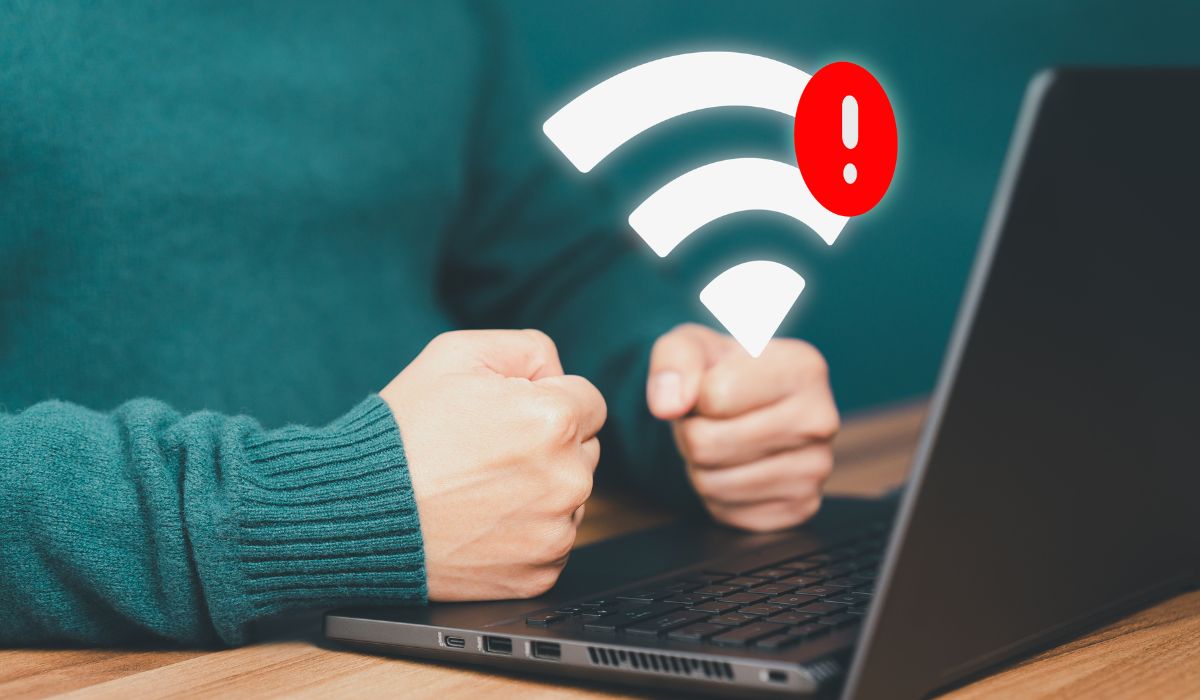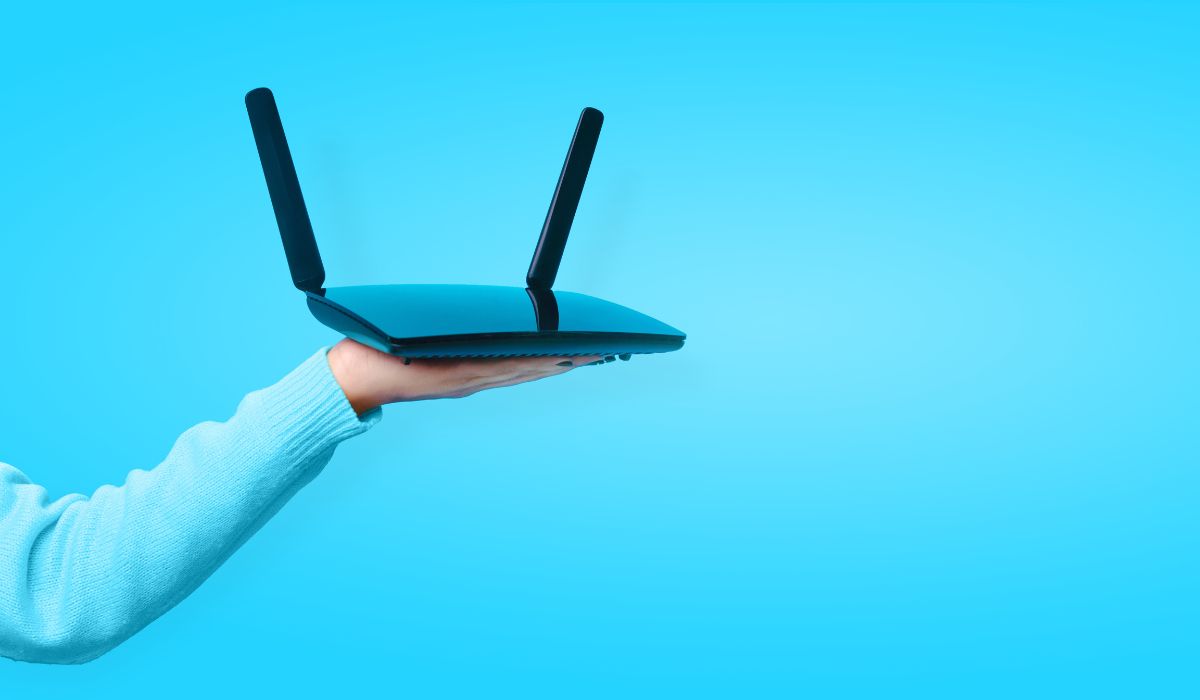Most people today rely on Wi-Fi for everything — streaming, gaming, remote work, and browsing. It’s flexible and wireless, which makes it convenient for laptops, tablets, and phones. But Ethernet, the wired option, still exists and is often recommended for faster speeds and stability. That raises the question: how much better is Ethernet compared to Wi-Fi, and is it worth running cables in your home or office?
Speed Comparison

When it comes to raw speed, Ethernet generally wins. A modern wired connection using Cat6 or Cat7 Ethernet cables can handle 1 Gbps or even 10 Gbps, depending on the router and service plan. Speeds are consistent because the signal travels directly over the cable.
Wi-Fi has improved with standards like Wi-Fi 5 and Wi-Fi 6, offering speeds above 1 Gbps in ideal conditions. However, performance drops as you move away from the router or add walls, floors, and other obstacles. Interference from other devices can also slow things down.
For people transferring large files or using high-bandwidth tasks, Ethernet delivers the advertised speed more reliably than Wi-Fi.
Latency and Ping
Latency, or ping, is the delay between sending a request and getting a response. For activities like web browsing, you won’t notice much difference. But in online gaming, video conferencing, or remote work, low latency is critical.
Ethernet connections typically have lower ping times because data travels directly through cables without interference. Wi-Fi, even on strong networks, can experience slight delays from congestion, background noise, or packet retransmissions.
If you play competitive games or rely on crystal-clear video calls, Ethernet is the safer option.
Reliability and Stability
Wi-Fi connections can drop or fluctuate for many reasons. Common causes include:
- Physical barriers like walls and floors.
- Electronic interference from microwaves, cordless phones, or nearby routers.
- Network congestion in apartments or offices with many wireless networks.
- Range limitations, especially with 5 GHz Wi-Fi.
- Signal degradation when too many devices share the same router.
Ethernet avoids these problems. Once connected by cable, the link remains stable and unaffected by surrounding conditions. For jobs where reliability is more important than mobility, Ethernet is far more dependable.
Security Considerations
Wi-Fi security depends on proper configuration. Using WPA2 or WPA3 encryption prevents most risks, but weak passwords or outdated routers leave networks open to unauthorized access. Hackers can attempt to intercept wireless signals if protections aren’t in place.
Ethernet, on the other hand, requires physical access to the cable or network port. This makes it inherently more secure. While not foolproof, wired connections reduce exposure compared to wireless networks.
When to Choose Ethernet Over Wi-Fi

Ethernet is not always necessary, but in some situations it makes a big difference:
- Gaming – Stable, low-latency performance helps reduce lag.
- Streaming in 4K or 8K – Wired speeds eliminate buffering during high-quality video playback.
- Remote work and video calls – Prevents frozen screens or dropped connections during meetings.
- Large file transfers – Moving gigabytes of data is much faster over Ethernet.
- Server hosting – If you run local servers or NAS devices, Ethernet ensures consistent access.
For these demanding tasks, a cable is worth it.
Hardware and Setup Needs
Setting up Ethernet doesn’t require much, but you’ll need the right hardware:
- Ethernet cables – Cat5e is fine for most homes, Cat6 or Cat7 for higher speeds.
- Router with LAN ports – Nearly all routers have 4 or more Ethernet ports.
- Switches – For setups with many devices, a network switch expands wired connections.
- USB-to-Ethernet adapters – Useful for modern laptops that lack Ethernet ports.
- Wall runs or cable management tools – To keep wires neat and safe.
The setup is simple in small spaces, but running cables in larger homes or offices may take extra planning.
When Wi-Fi Is Good Enough
Wi-Fi isn’t going away. Modern standards like Wi-Fi 6 and mesh systems deliver excellent coverage for most everyday tasks. Browsing, email, social media, music streaming, and even HD video work perfectly fine on Wi-Fi if the signal is strong.
For mobile devices, Wi-Fi is the only practical choice. Carrying a cable around is not realistic, which is why Wi-Fi remains the default for phones and tablets.
Hybrid Approaches
Many people benefit from a hybrid setup — using Ethernet for stationary devices and Wi-Fi for mobile devices. For example, a desktop computer, gaming console, or smart TV may connect via Ethernet, while laptops and phones stay on Wi-Fi.
This balance keeps the network stable where it matters most, while still offering flexibility for everyday wireless use.
Conclusion
Ethernet is almost always faster, more reliable, and more secure than Wi-Fi. It delivers consistent speeds, lower latency, and fewer interruptions. But Wi-Fi provides freedom of movement and is more than good enough for casual use.
The best choice depends on your needs. If you’re gaming, streaming in ultra-HD, or working remotely, Ethernet is worth the setup. If you mostly browse, chat, or watch videos casually, Wi-Fi will serve you well. And in many cases, combining both gives the best of convenience and performance.
